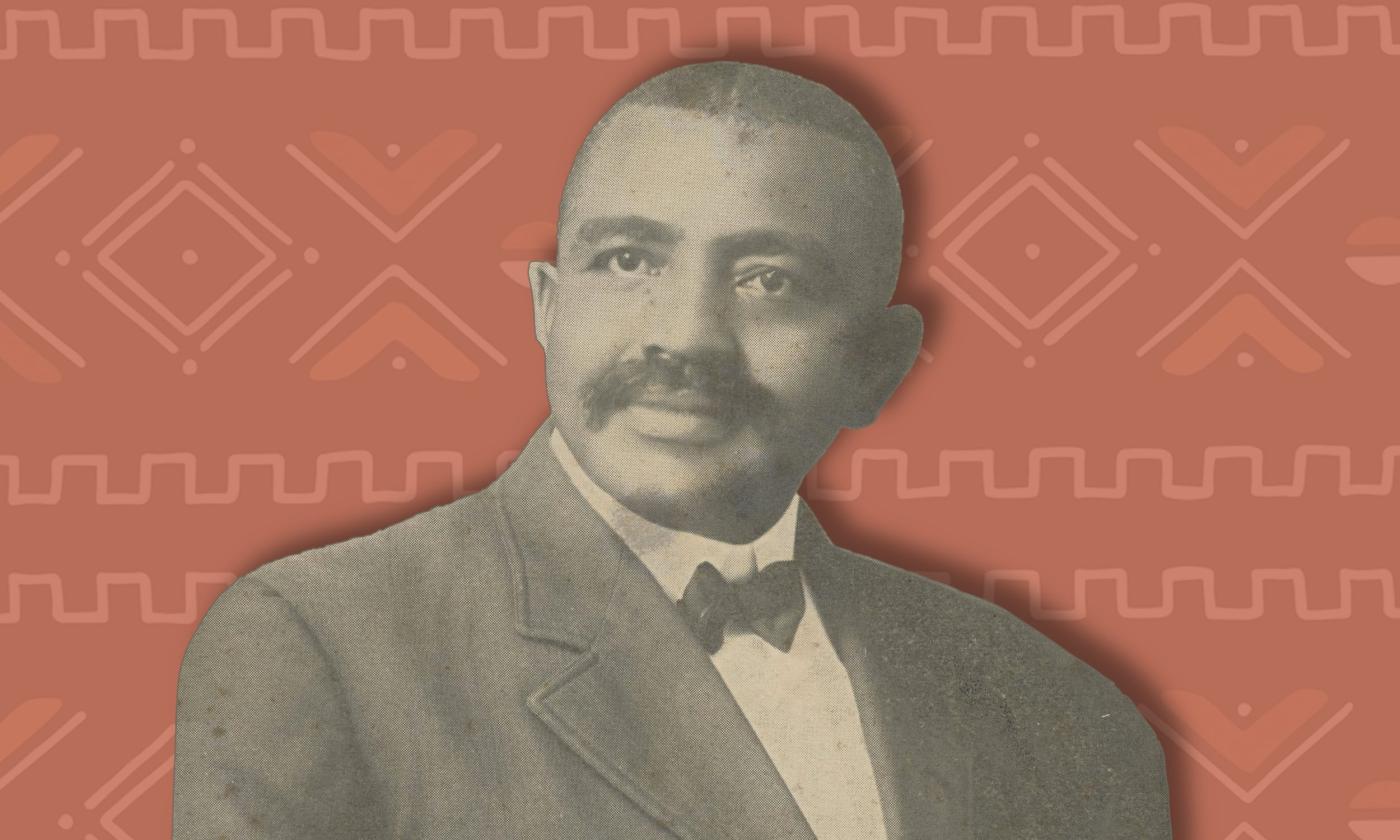
Dr. D.W. Roberts
Trailblazing physician, public servant.
Dr. D.W. Roberts
Little is documented about Dr. Roberts's early life. Research by local historians (particularly Mr. David Nolan) has revealed key details about this historical figure.
Early Life & Education
Dr. Daniel Webster Roberts was born in Indiana in 1864, a year after the signing of the Emancipation Proclamation.
He started high school at age 21, which would have been around 1885. Later, Roberts worked as a janitor in Chicago to pay for medical school. He graduated as a physician in 1896 and traveled to Florida sometime after.
Dr. D.W. Roberts in St. Augustine
Dr. Roberts moved to St. Augustine during the Gilded Era (1870s-1890s; named for the opulent wealth of the period's ruling class) when the town was experiencing an economic boom. Hotels such as Henry Flagler's Ponce de Leon attracted tourists and service workers alike.
Possibly seeing the growing population as an opportunity, Dr. Roberts established St. Augustine's first Black-owned hospital, Roberts' Sanitarium, between 1896 and 1908. Located at 80 Bridge Street in the Lincolnville neighborhood, he treated both Black and White patients at his hospital.
Dr. Roberts also traveled by horseback to rural areas, serving patients from Ponte Vedra to Ormond Beach.
By 1911, we know that Dr. Roberts had upgraded from horseback to an automobile. That same year, reporters immortalized his travels from Florida to Indiana with headlines like "THE LONGEST JAUNT IN AN AUTOMOBILE EVER UNDERTAKEN BY COLORED MEN."
Physician, Businessman, Philanthropist
Dr. Roberts was also active in several community organizations.,President of the Florida Medical Association of Colored Physicians, Chairmen of the Board at St. Augustine Industrial Institute in the West Augustine neighborhood, and a member of the Booker T. Washington National Negro Business League. He was a generous philanthropist, known to fund the education of local young people and support local churches.
The 1918 Influenza Epidemic
Sometimes called the Spanish Flu of 1918, this devastating influenza epidemic resulted in quarantines and travel restrictions across the nation and killed 200,000 people in one month during its peak.
Dr. Roberts is credited with saving the lives of hundreds of Floridians during the 1918 Influenza Epidemic — both by direct treatment and sharing his knowledge with other physicians. The disease did not discriminate based on race, and neither did Dr. Roberts. According to David Nolan, Dr. Roberts was said to have never lost a patient to the flu.
Death and Legacy
After 22 years of service to St. Augustine, Dr. Daniel Webster Roberts died tragically in 1919 at 52 years old. His funeral is said to have been the largest ever for a Black person in Florida and his remains were transported back to his birth state, Indiana.
St. Paul A.M.E. Baptismal Font
Dr. Roberts was a major financier of St. Paul A.M.E Church in the Lincolnville Historic District, and is honored to this day with a marble baptismal font. Presented to the church in 1925, this font was funded by a committee of Dr. Roberts' supporters, which included former Confederates.
Dr. Robert’s legacy is often focused on his success with treating Spanish Influenza, but his greater legacy to St. Augustine is his shining commitment to the communities he served.

Resources
Tap here to read the St. Augustine Record article "Dr. D.W. Roberts: Pioneer black physician was hero of earlier epidemic" by David Nolan. This was the premier resource in writing this historical person profile.
Tap here to view the original source for the header image of this profile. Courtesy of the University of Florida's Special Collections Archives.
Tap here to explore an online exhibit about the Influenza Epidemic of 1918 from Archives.gov.

